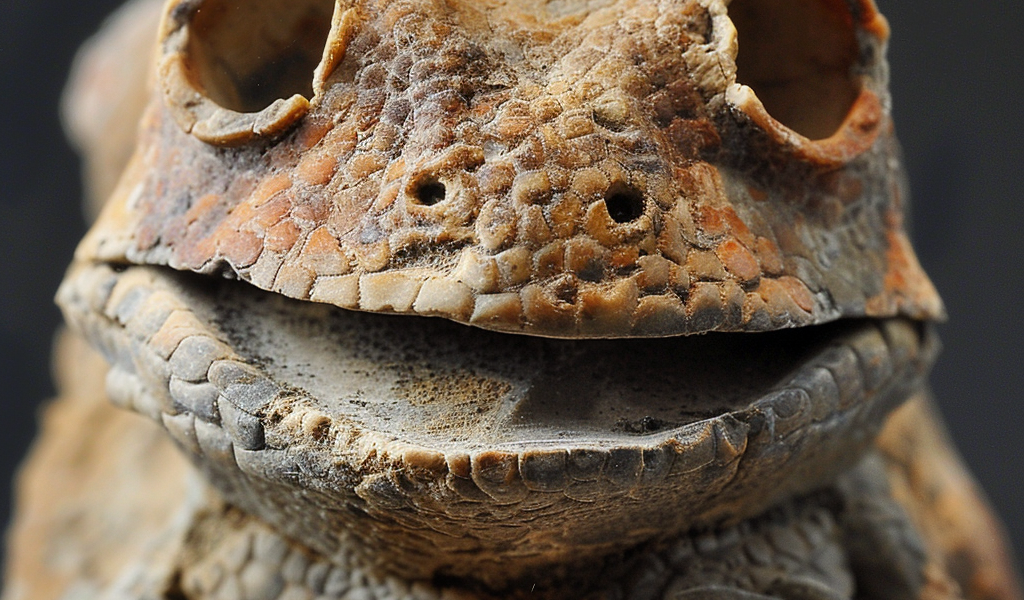Paleontologists at the Smithsonian National Museum of Natural History have made an intriguing discovery, unearthing a previously unknown prehistoric species that dates back over 270 million years. The newly identified amphibian, named Kermitops gratus, is drawing attention due to its distinctive features resembling an iconic froggy celebrity.
The tiny fossilized skull of Kermitops, which had been overlooked in the Smithsonian fossil collection for four decades, has now taken center stage after being examined by researchers. This ancient amphibian is believed to have inhabited the lower Clear Fork Formation of Texas during the Early Permian Epoch, predating the era of dinosaurs.
Measuring just over an inch in length, the skull of Kermitops boasts large oval eye sockets and a slightly crushed, lopsided smile, reminiscent of the famous Muppet character, Kermit the Frog. The researchers also identified a small opening at the tip of the creature’s snout, believed to have housed a mucus gland that assisted in capturing insects. Additionally, small boney shingles embedded within the eyelid served to protect the eye.
According to the study coauthor, Arjan Mann, the discovery of Kermitops could offer valuable insights into the evolutionary origins of modern amphibians. The findings challenge existing research and highlight the need for continued exploration and study of museum collections, as they have the potential to reshape our understanding of evolutionary hypotheses.
The fossil of Kermitops was initially excavated in 1984 by the late Nicholas Hotton III, a museum paleontologist renowned for his work in the field. The Red Beds in Texas, where the fossil was discovered, have long been recognized as a treasure trove of Permian-age remains, yielding a diverse array of ancient reptiles, amphibians, and synapsids.





